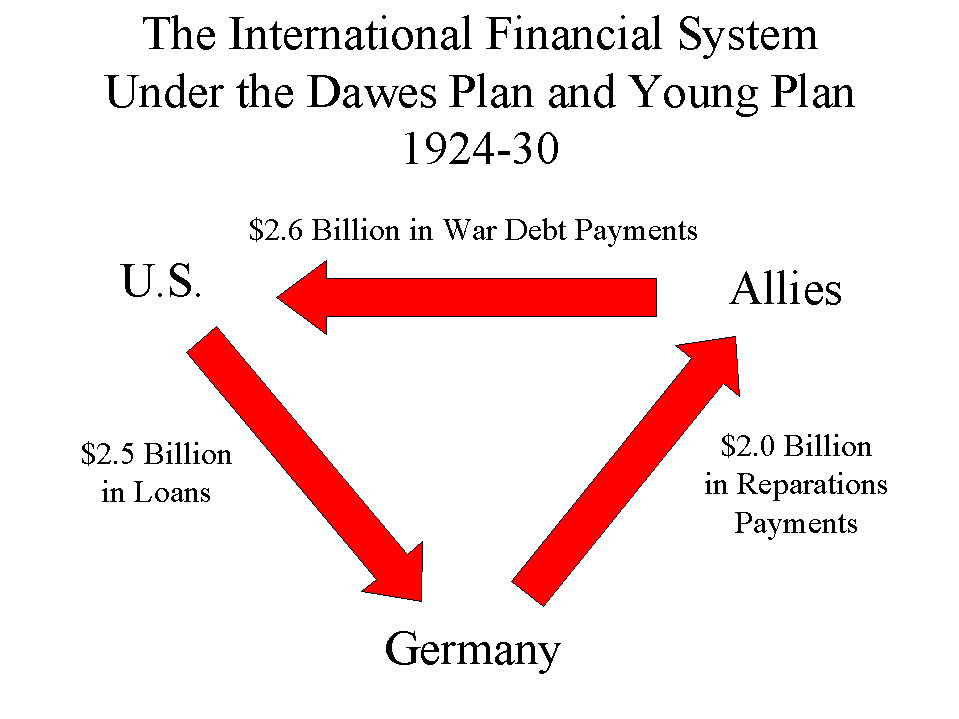The Triple Alliance, meant to maintain the balance of power of Europe, presented a contradiction: France and Britain were at the height of their global empires, while Russia under the Czar was a country stuck in a neo-medieval feudal system, struggling to industrialize.
The war was disastrous for Europe. When the German Schlieffen Plan failed in the first months of the war, that plan to capture France, then turn resources toward Russia, ended up creating a protracted trench war of attrition that the Germans were destined to lose. The Central Powers were now fighting a war on two front, an unenviable position, but the Germans wanted to do as much damage to the Allied Powers, to ensure a fair peace.
The Price of Peace
When peace was finally achieved on November 11, 1918, Europe was shaken and the systems that had lasted generations began to fail. The Allied Powers were victorious, but at great cost. Even minor players, such as Italy, were left badly weakened by the war.
In 1917, following heavy losses on the Eastern Front, and massive food shortages at home, Russia descended into the darkness of the Russian Revolution as the Bolsheviks took control of the seat of government in Petrograd (St. Petersburg). While this helped bring the war to conclusion, it was disastrous for Russia.
France, having been the battlefield of the Western Front, suffered terribly. As many as 1.6 million French died as a result of the combat, and much of France's industrial capacity was devastated. While new territory was won, France would struggle to maintain its empire because of the war's economic costs.
Britain suffered less, as it was supported with food and supplies from the United States, but paid heavily in loss of life. The aristocracy was decimated by the war, and the Victorian systems began to falter. While the loss of a great many men would result in an increase in the influence of women and the rise of woman's suffrage, the economic effects were systemic. Like France, territorial gains in the Middle East created an additional economic drag that left Britain weak, and ultimately it ceded world economic leadership to the United States as the standard bearer of the Gold Standard. It also took resources away from Ireland, providing the political vacuum that allowed the Irish Independent movement to form in 1921.
The Cost of Loss
For the Central Powers, the Treaty of Versailles was debilitating. The Empires of German, Austria and Turkey were dismantles and new countries were formed: Czechoslovakia, Hungary, Yugoslavia, Rumania, Bulgaria, British Palestine, French Syria.
In the end, the devastation left much of Central Europe in economic and political turmoil until the start of World War two, a decade later.
America's Peace and Prosperity
The end of the Great War, led the United States to power in the global system. The rebuilding of Europe gave America a de facto stimulus program as much of Europe's industrial capacity was destroyed. During this period, the United States even supported counter-revolutionary forces in Russia. Along with the France and Britain, the US supported the Whites against the Bolshevik Red Army, continuing the Russian Revolution and the suffering of the Russian people. Exhausted by the Great War, the Western powers didn't have the political will to fight a long civil war in Russia, and so it was lost to the Bolsheviks and the Union of Soviet Socialist Republics (USSR) was formed.
America during this period was mostly distracted by pleasure and economic growth. The Roaring 20s created a massive boom in America, fuelled by exports to Europe and the power of credit growth as the new global reserve currency. The fledgling US central bank, the Federal Reserve, formed in 1913, was now able to leverage it's status as the Gold Standard.
In the interwar period, to stabilize exchange rates, European currencies were floated against the US dollar. This made the dollar the global reserve currency and provided a massive monetary stimulus to the US as well, which in turn led to the massive stock market bubble of the late 20s.
The Dawes Plan however setup a system that was unstable and unsustainable. A type of global Ponzi scheme of payments based on German war reparations and Allied Power debt payments to the US.
Under the Weimar Republic in Germany, this system led to a period of relative prosperity. The economy began to improve and global trade began to normalize. This system was ultimately untenable (see left). When the US stock exchanged collapsed in 1929, this system unravelled.
Unable to borrow from the US to pay reparations, Germany needed to print money. This led to a period of hyperinflation that destabilized the German economy. Combined with the affects of the US Great Depression on global trade, economic hardship was ubiquitous.
America's Pain is Globalized
In the wake of the 1929 stock market crash, economic policy makers make a number of disastrous mistakes. In a period of deflation, the decade-old Federal Reserve began to contract the money supply, limiting credit and making efforts to sustain the banking system. Between 1929-1932, the world convulsed, and production, prices, trade all declined massively.
| United States | Great Britain | France | Germany | |
|---|---|---|---|---|
| Industrial production | –46% | –23% | –24% | –41% |
| Wholesale prices | –32% | –33% | –34% | –29% |
| Foreign trade | –70% | –60% | –54% | –61% |
| Unemployment | +607% | +129% | +214% | +232% |
A weak United States, Great Britain and France left a vacuum in the global system. The pain in Germany would critically weaken the Weimar Republic and pave the way for the National Socialist Party. The seeds of World War II were planted in the peace of 1918.



No comments:
Post a Comment